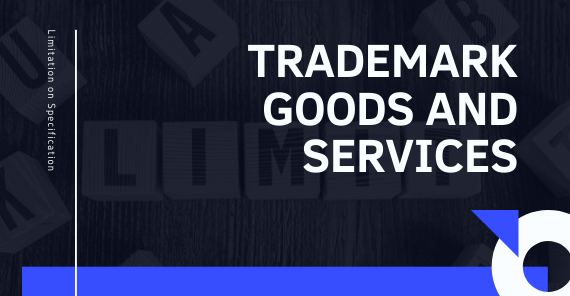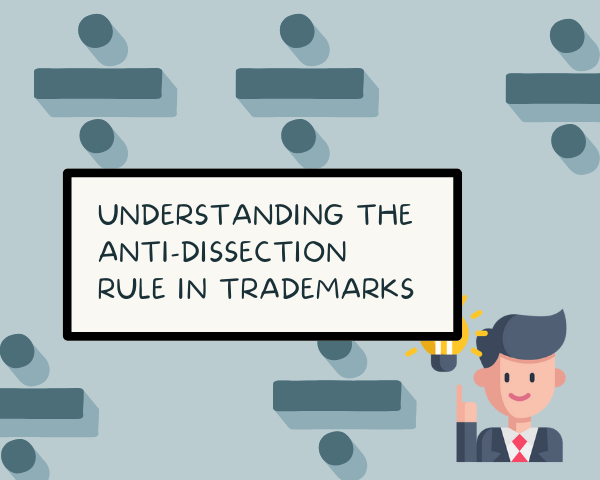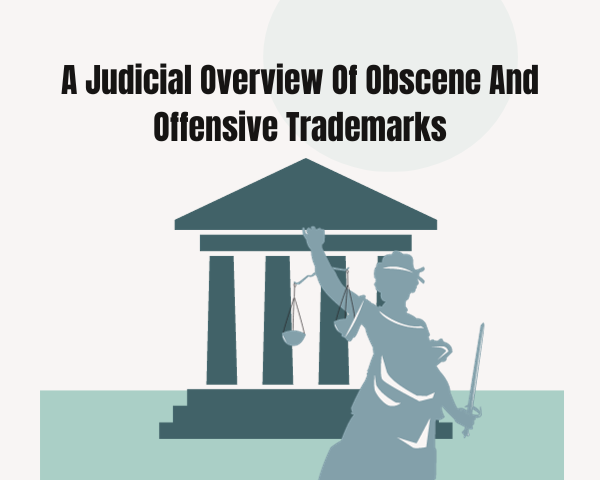The trademark is a mark used to differentiate between products manufactured by two or more manufacturers. The owner has the right to protect his trademark as soon as the trademark is registered. Production of goods and services is divided into different classes. For each class, separate trademark registration is required. This is a list of about 80,000 goods and services. If anyone applies for registration of a trademark, one must define the products and services for which the trademark is to be used which is the basis of protection.
Under Section 18(2) of the Trademark Act, 1999 “A single application may be made for registration of a trademark for different classes of goods and services and fee payable therefor shall be in respect of each such class of goods or services”. The applicant shall indicate the goods and/or services relating to the application. The term which claims registration in a certain class of all products, goods or services, etc. shall be considered to be too broad.
The NICE classification:
In accordance with the international system known as the Nice Classification, all goods and services are categorized into different classes. The Agreement was concluded at the Nice Diplomatic Conference on 15 June 1957 and updated at Stockholm in 1967, and an International (Nice) Classification of Goods and Services for the Registration of Trademarks was created at Geneva in 1977. The use of the Nice Classification shall not only become mandatory for the national registration, but also for the international registration of trademarks by the International Bureau of the WIPO in the countries Parties to the Nice Convention. The classification has 45 classes of which classes 1 to 34 consist of different goods and the classes 35 to 45 deal with different services. Classes of goods are categorized mainly by material or area of use, while classes of services are categorized by occupation or performance of the service.
The basic structure for classification:
| Class | Content |
| 1-5 | Products from the chemical industry and associated industries. |
| 6-14 | Metals and goods made of metal and in some cases also goods that are not made of metal. |
| 15-21 | Other technical products |
| 22-27 | Textiles (raw materials and products from associated industries). |
| 28 | Games, toys, exercise/sporting equipment. |
| 29-31 | Food Products |
| 32-33 | Beverages |
| 34 | Tobacco and products from associated industries. |
| 35-45 | Services are divided into eleven classes. The division is based on the businesses that provide the services. |
The requirement from an applicant:
The applicant shall specify the products and/or services for which registration is required in accordance with the procedure laid down in Rule 103. If the question involves more than one class of goods and/or services, it must be grouped together by class number. A class number must be chosen for each group of goods and/or services. In the case of an application for more than one class, the goods and/or services must be grouped together in ascending number order by class number and the classes of goods and/or services must be shown.
Under Section 7 of the Trademark Act, 1999 “The applicant should specify the goods and/or services for which registration is sought in terms appearing in the Classification as published by the Registrar. This listings are available through Trade Marks Registry or on website www.ipindia.nic.in”.
Limitations on the Specification:
A limitation is a mechanism intended to restrict goods and services to all or any of the designated contracting parties (DCPs) in respect of an international application or an international registration. Limitations can be defined in an international application (MM1 to MM3); a subsequent designation (MM4) or in a request for the recording of a limitation presented using official form MM6.
The scope of the products and/or services that may be stated in a specification may be limited. In view of the fact that infringement proceedings under the terms of the Trade Marks Act 1999 may be taken with respect to the unauthorized usage of trademarks, the following limitations were included in the legislative procedure: goods of the same description as that of goods (registered goods) in respect of which the trademark is registered; or services that are closely related to registered goods; or services’ of the same description as that of services (registered services) in respect of which the trademark is registered; or goods that are closely related to registered services present Act (TM Act 1999) has a much wider provision than that given under the 1958 Trade & Merchandise Marks Act, as the latter infringement proceedings were limited to situations where the products in connection with the unlawful use were exactly the same as those for which registration was issued.
As a result, applicants are now required to restrict their requirements to products and/or services that represent their current and/or planned trading activities. Otherwise, it would be at its own cost if its registrations were left open to non-use initiatives, where the registered owner now has the obligation to prove whether or not it has used or plans to use the trademark in good faith with all the products and/or services specified.
Under Rule 25 (15) it is stated that within the description of goods and/or services for which registration is required, it is prohibited to use the terms ‘all products,’ ‘all other services,’ ‘all others.’ The use of such terms or similar terms, such as ‘all items’ or ‘all products,’ as a whole or as part of the definition, is not accepted. When a request is made for particular goods and/or services and includes a certain non-specific expression as mentioned above in the specification, the request shall be taken as submitted, but the applicant is requested to remove the prohibited expression as soon as possible after filing. Whether the expression was not deleted at the time of the examination, the investigator would have to delete the expression again. There are several items that cannot be entered in their place.
Office Action in case of a problem relating to specification:
Although a preliminary classification inspection is carried out as part of the compliance examination of the minimum filing requirements, the examiner is responsible for ensuring the proper specification and classification of the goods and/or services. This involves ensuring a single-class application whether the products or services fall within the class chosen for the application. The examiners shall ensure that the goods or services contained within each of the specified classes are classified in compliance with a multi-class requirement.
Under Rule 25 (19)- In the case of a single application for goods or services of more than one class with other goods and/or services not of that class with other classes, the applicant may choose either to exclude products and/or services not of that class or of the classes covered by those goods. Such goods and/or services can be omitted by the applicant. Additional fees shall be paid with the addition of new classes for the collection of division fees and class fees.
When only one class has been nominated but goods and/or services are listed in more than one class and the applicant has charged additional class fees, the review must proceed and the applicant is required to give his consent to class numbers.




